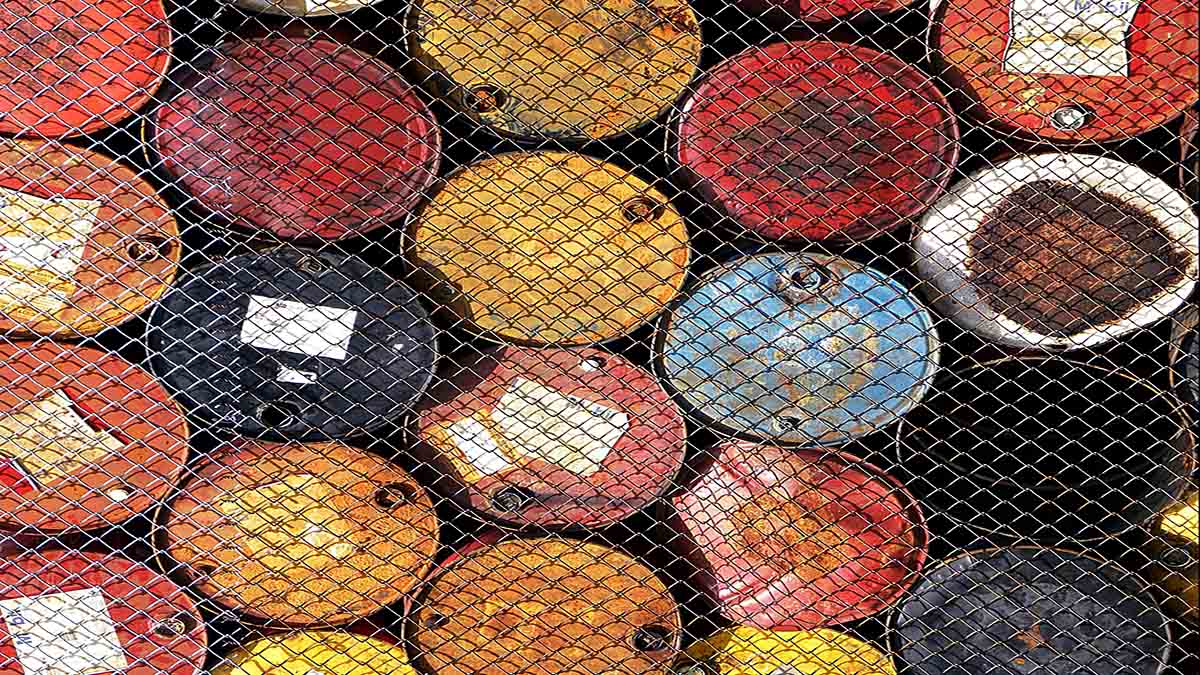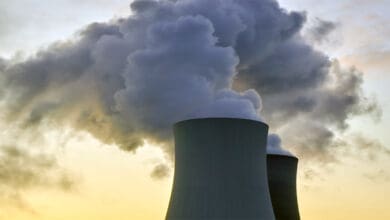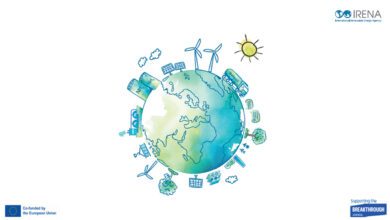Lanka IOC (LIOC), the subsidiary of Indian Oil Corporation in Sri Lanka on Monday urged the government to approve a retail fuel price hike due to the prevailing situation regarding global oil prices, a top company official said here.
LIOC, Managing Director, Manoj Gupta said they were waiting for the Sri Lankan government’s nod to hike the petrol price by Rs 20/litre and diesel by Rs 30/litre.
The Sri Lankan government has put on hold the expected retail price hike of fuel despite increasing the prices of cooking gas and other essentials last week.
“The price of crude oil in the international market is currently between $83-94, up from $65, four months ago, as a result of which LIOC has suffered huge losses,” Gupta said.
At the same time, he added that the retail price determination is at the company’s discretion. “We are only consulting the Sri Lankan government due to the prevailing condition,” he said.
LIOC has been in operation in Sri Lanka since 2002, and maintains over 200 retail fuel stations catering to about 12% of the country’s fuel market.
The state-run Ceylon Petroleum Corporation (CPC) has also urged the government to approve price hikes.
Sri Lanka has sought a $500 million credit line from India to pay for its crude oil purchases amid a severe foreign exchange crisis in the island nation.
The move came days after energy minister Udaya Gammanpila warned that the current availability of fuel in the country can be guaranteed only till next January.
State oil distributors import crude from the Middle-East and refined products from countries such as Singapore. The price hike in the global oil prices has forced Lanka to spend more on oil imports this year.
Country’s oil bill has jumped 41.5% to $2 billion in the first seven months of this year, compared to last year. Lanka is facing a severe foreign exchange crisis after the pandemic hit the nation’s earnings from tourism and remittances, Finance Minister Basil Rajapaksa had said last month.
The country’s Gross Domestic Product has contracted by a record 3.6% in 2020 and its foreign exchange reserves plunged by over a half in one year through July to just $2.8 billion. This has led to a 9% depreciation of the Sri Lankan rupee against the dollar over the past one year, making imports more expensive.














